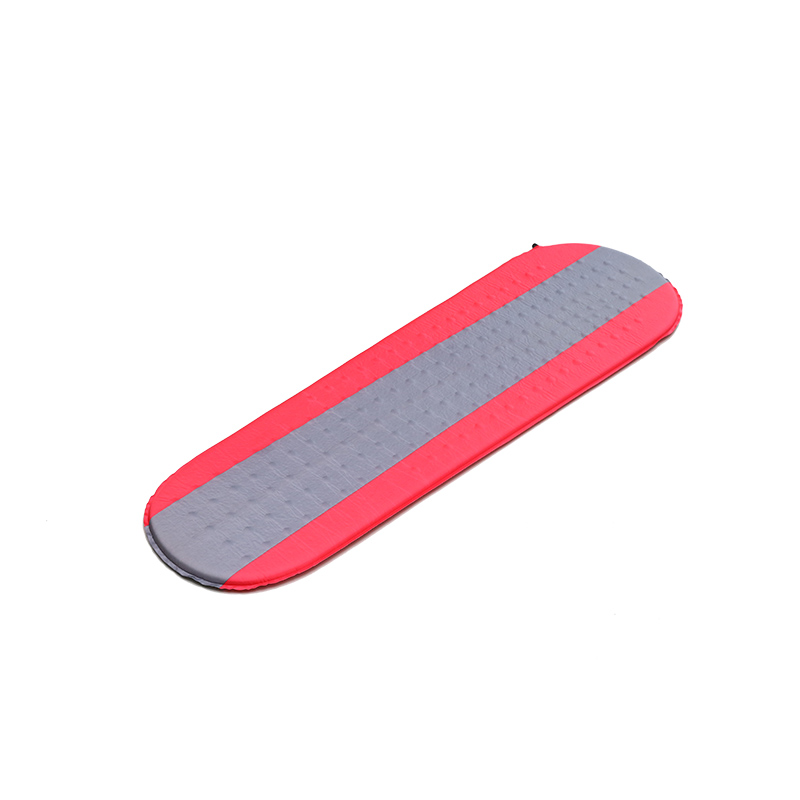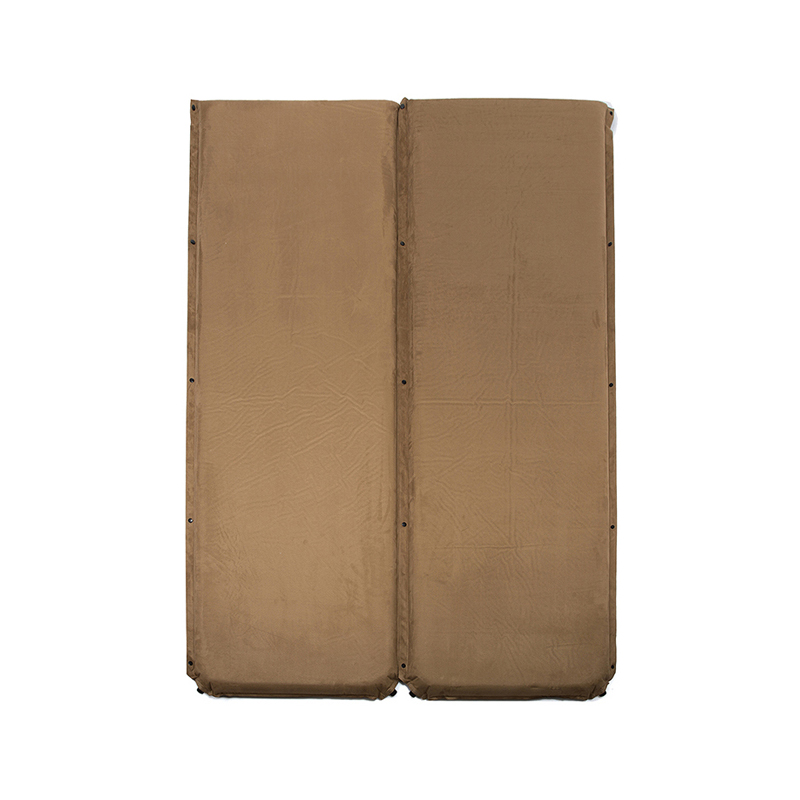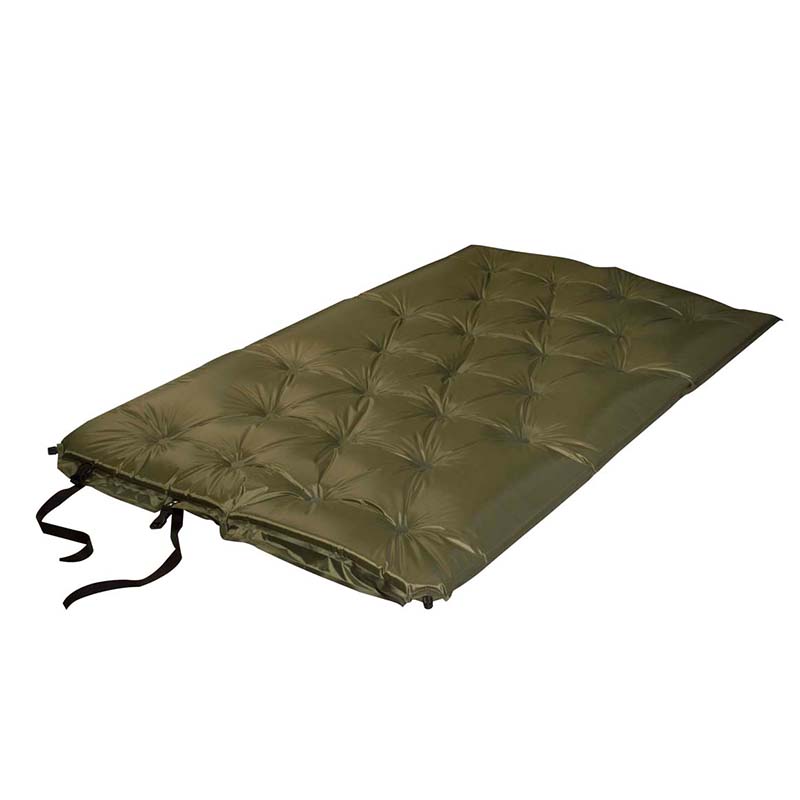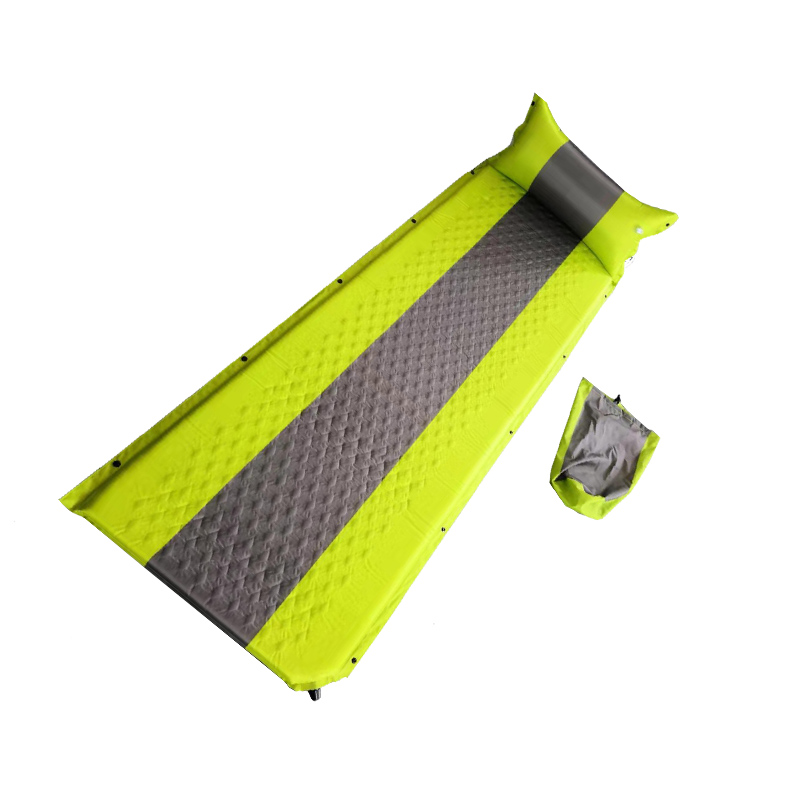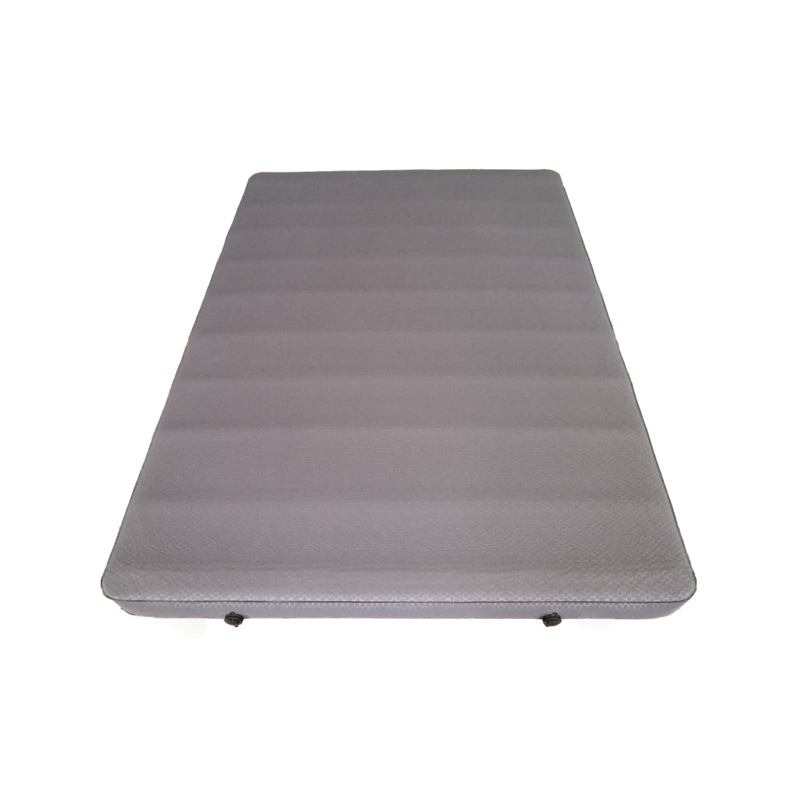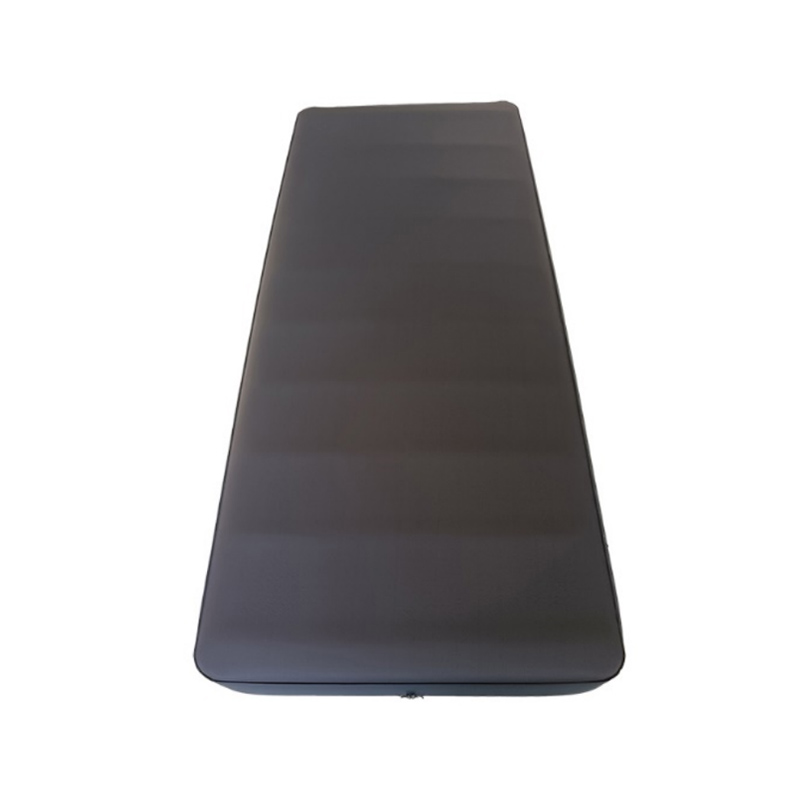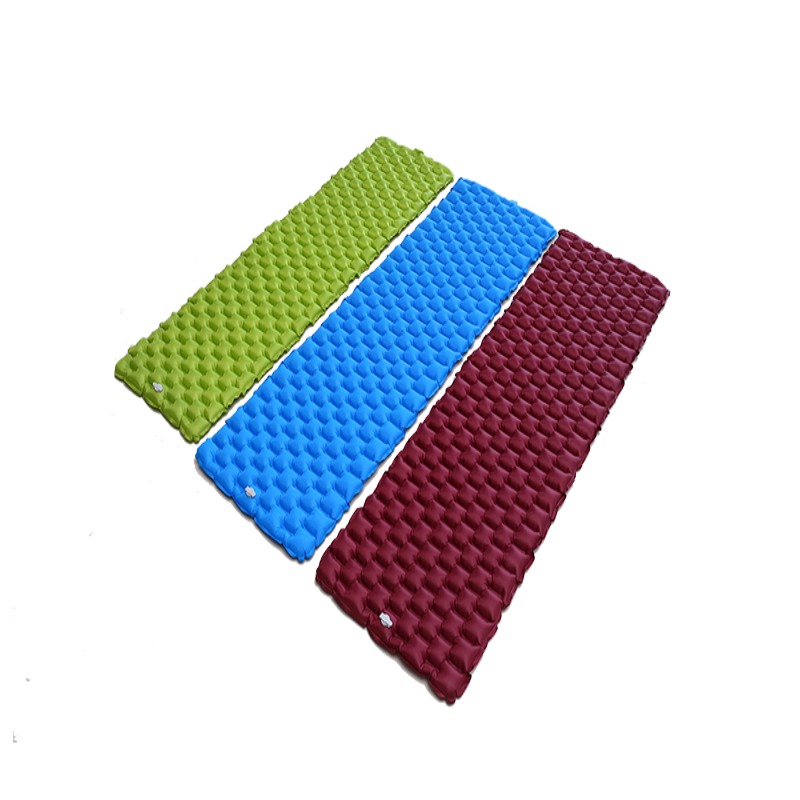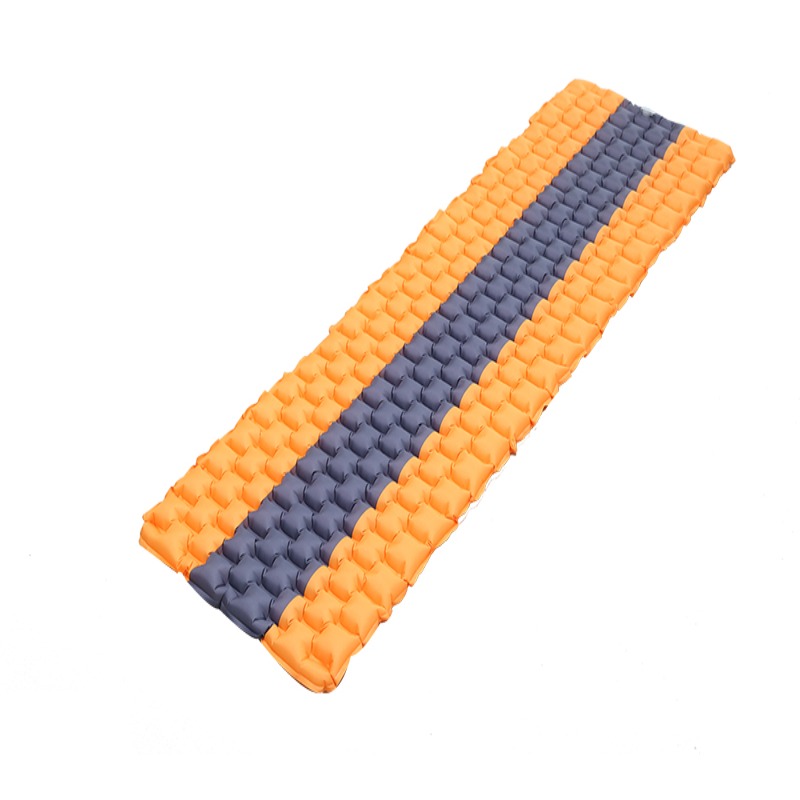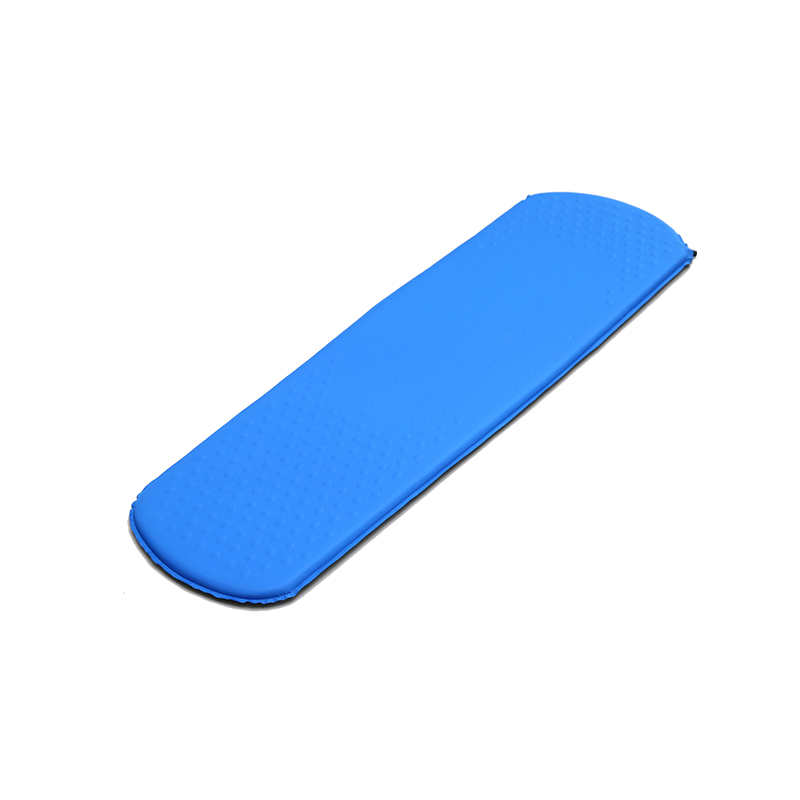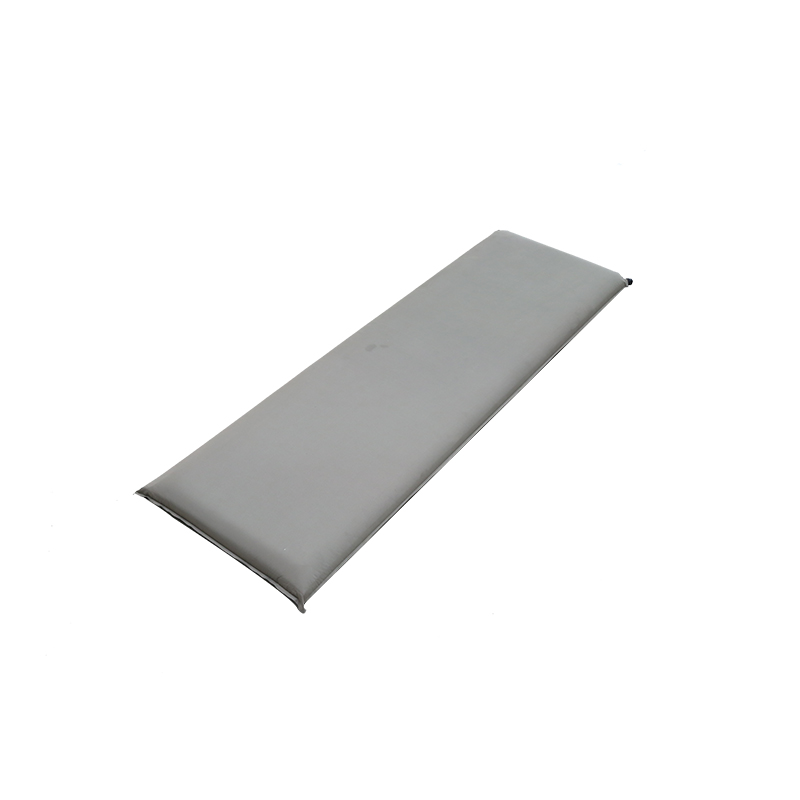Sleeping well on the road can be difficult. Especially if your sleep plan involves tents, cars or cold ground. I believe that if you plan to sleep in places that don't involve real mattresses, investing in sleeping pads is essential.
To help you get started choosing your new backpack sleeping mat, consider the following:
1. Cushion-Most people think that the main purpose of a sleeping cushion is to cushion it to provide support and comfort during sleep.
2. Insulation-Most sleeping pads have an "R value" that measures the ability of the pad to resist heat flow. The higher the R value, the warmer the pad. Be sure to consider the climate in which you are going to sleep. Will you go backpacking in Canada in winter or mid-July? Once you calculate the time of year, buy a pad with a relative R value.
There are three different sleeping mats
1. Air-These are manually inflated and use air as a buffer. Professional air cushions are the lightest option on the market, they are very compact when deflated, and they are very comfortable. Con is easy to pierce because of their nature.
2. Self-inflating-These pads use a combination of air and foam to provide cushioning. To inflate, just open the valve and the air fills the cushion. Professional self-inflating cushions are very comfortable and provide good insulation. Con is that they are the most expensive option on the market and they are not very compact.
3. Foam-These backpack-type sleeping pads are made of closed-cell dense foam with tiny closed air bags. Pro is that they are lightweight and cheap, and you don't have to worry about puncturing. Con is that they are stiff and therefore often the most uncomfortable choice.
Determine which features are important to you:
1. Size-At a minimum, the sleeping pad should support your shoulders and hips. However, if you are planning a backpacking trip in the colder months, your legs and feet will thank you for an extra inch of insulation. Growing sleeping mats are usually around 78 inches, conventional 72 inches, and short 48 inches. Keep in mind that longer sleeping mats usually also have wider widths.
2. Weight-Think about how much extra weight you are willing to carry. Generally, ultra-light pads are great for backpacking, but they are more expensive.
3. Package Size-Think about how much space you are willing to give your sleeping pad. Overall, warmer gaskets tend to take up the most space, but there are exceptions.
Other considerations
1. Manual Pump-Consider that if you get an air cushion, you will have to blow air every night. In this case, a manual pump can save a lot of time, energy and mind.
2. Patch Kit-If you choose any of the air cushion options, make sure to bring a patch kit. Accidents involving punctures do happen, and patch kits can help you avoid headaches and many sleepless nights.
3. Sleeping bag system-Some sleeping bags will have a sleeve to hold the cushion in place. Before you buy, make sure your bag and pad are compatible sizes.
4. Location-Before buying, please consider whether you are sleeping or sleeping in a car. Depending on how many rooms you have, you need to adjust the size of the sleeping pad accordingly.
Test-Go to your local travel store and try a few different mats. Everyone is built differently, so for others, a comfortable sleep may not work for you.

 简体中文
简体中文 English
English 日本語
日本語 Español
Español Deutsch
Deutsch